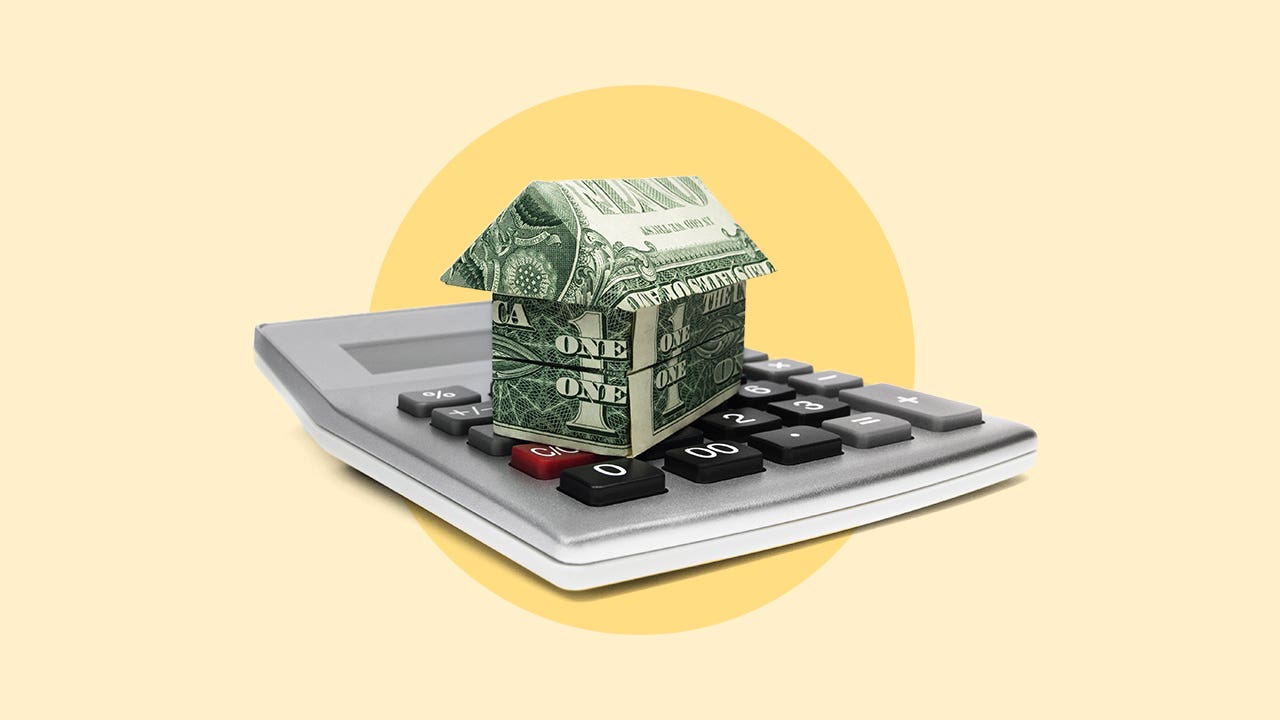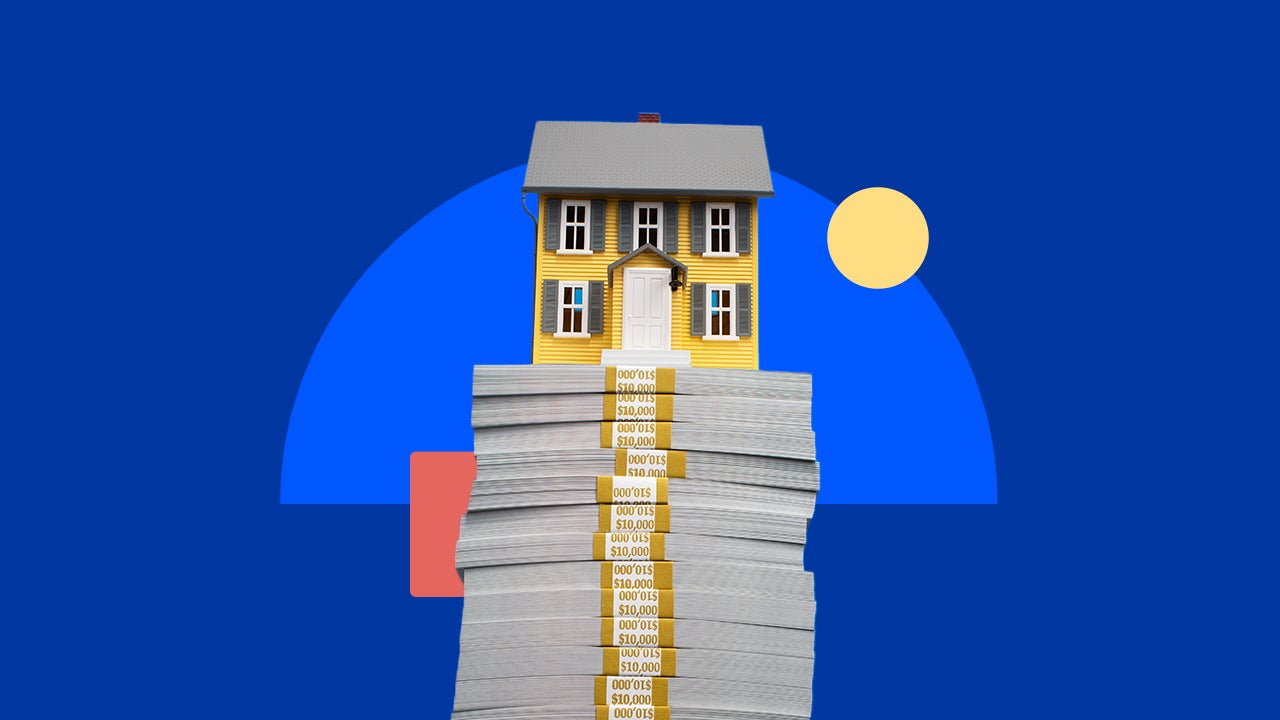More people are taking out HELOCs. Here’s why

HELOCs are hot.
Homeowners are borrowing more of the equity in their homes with home equity lines of credit (HELOCs), according to the Federal Reserve Bank of New York‘s latest Household Debt and Credit Report.
Consumers increased their balances on HELOCs in the fourth quarter of 2024 by $9 billion to $396 billion. The increase reflects the eleventh consecutive quarter of growth, after a long decline in balances that began in 2009.
And it’s not just balances that are climbing. According to ATTOM Data Solutions, HELOC originations increased in the third quarter of 2024 in a majority of the metro areas it analyzed. What’s behind the increasing popularity of HELOCs, and why might you want to consider getting one?
Why are HELOCs popular now?
Tapping home equity is nothing new, but it’s particularly tempting these days. The worth of Americans’ ownership stake in their homes has soared along with property values in recent years: Mortgage-holding homeowners have, on average, a near-record $311,000 in equity. While several ways to borrow against this stake exist, there’s a reason why second mortgage products, like HELOCs, are outpacing other methods.
Cash-out refinances used to be the go-to way. But, back during the COVID pandemic, many Americans bought or refinanced homes at interest rates of 4 percent or less. Today, giving up that low rate for something closer to 7 percent – as a refi would require — doesn’t make sense for many homeowners.
Cheaper costs
“The steady rise in home prices means homeowners are sitting on more equity than ever, and with mortgage rates around 7 percent, cash-out refinancing is not a viable way to tap equity for borrowers with much lower mortgage rates,” says Greg McBride, former chief financial analyst at Bankrate. “More equity amid higher mortgage rates means borrowers are looking for home equity lines in larger numbers, lenders are approving larger lines of credit and borrowers are tapping into those lines.”
HELOCs’ popularity also reflects the fact that they’re getting cheaper.
HELOC rates started out in 2024 at a near-historical high of 10.16 percent, according to Bankrate’s national survey of lenders. But since then, they have become much more affordable, averaging close to 8.25 percent in mid-February — the lowest level in almost two years. Their drop reflects the Federal Reserve’s lowering of its benchmark interest rate throughout autumn 2024. And McBride forecasts that rates will continue to decline in 2025, averaging 7.25 percent, as the Fed continues cutting rates.
While the Fed’s moves ultimately impact all consumer loans to a degree, they’ve thrown a spotlight on HELOCs. The variable-rate credit lines respond more dramatically to changes than their fixed-rate cousins, home equity loans. In fact, HELOCs are averaging lower than HE Loans for the first time in two years. Many lenders also offer introductory rates on HELOCs — especially low, fixed APRs for a temporary period — to entice borrowers.
Also, because they use your home as collateral, HELOCs have much lower interest rates than unsecured (that is, unbacked) personal loans and credit cards. The latter are particularly high right now, averaging over 20 percent. People often use HELOC funds to pay off more expensive debt, like credit card balances.
Who can take out a HELOC?
Unfortunately, HELOCs can play hard to get. You apply for them much as you would for a mortgage, but being approved isn’t easy. Almost half of applicants were denied HELOCs in the third quarter of 2024, more than double the rate of conventional mortgages.
To make yourself a strong HELOC candidate, make sure all of your financials are up to par before you apply. Criteria will vary depending on the lender, but you will typically need:
- A solid loan-to-value (LTV) ratio: You will need at least 20 percent equity in your home, or a combined LTV of no more than 80 percent, though some lenders allow 15 percent equity or an LTV of 85 percent.
- An above-average credit score: While you can qualify with a score in the mid to upper 600s, a score of 700 or above will help you secure the best rate and terms.
- A low debt-to-income ratio (DTI): The lower your DTI, the better. A DTI of 43 percent or less shows lenders that you are better at managing your debt relative to your income.
Bottom line on HELOCs
Though at nearly $400 billion, HELOC balances are still far below their once lofty levels (as high as $710 billion). It’s possible this latest rise becomes more of a bounce than a boom. Still, they’re reversing a long decline and, at a time when homeowners are sitting on record amounts of equity, clearly growing in size and numbers.
HELOCs can be ideal for home improvement projects or other expenses in which the costs are often incurred in stages. However, since they involve five- and even six-figure sums, these lines of credit can carry some stringent criteria, it’s important to make sure your financials are in order before applying.
Why we ask for feedback Your feedback helps us improve our content and services. It takes less than a minute to complete.
Your responses are anonymous and will only be used for improving our website.





